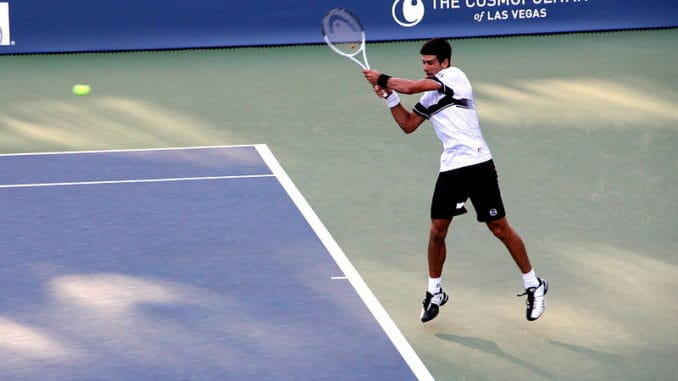
Next month’s Australian Open will see several innovations designed to make the event more attractive for both players and fans.
First of all, the total prize pool has been increased to AUS $60.5 million (US $43 million), which is up 10% on 2017.
Secondly, in a bid to speed up matches, a 25-second serve clock is to be introduced, whilst all matches will see the Electronic Review System used across all 16 match courts.
Perhaps most importantly of all, the Extreme Heat Policy has been replaced by the Heat Stress Index.
Heat has always been an issue in Melbourne. Although the climate in the city is generally temperate during the rest of the year, January is the hottest month, and temperatures can soar, particularly down at court level where there is little or no ventilation.
During the 2014 Australian Open, for example, there were four consecutive days where the temperature exceeded 41 Degrees Centigrade, and, on two of those days, the thermometer soared above 43 degrees.
This has consequences for both players and spectators alike. Last year French player Alize Cornet collapsed on court during a match because of the heat, whilst the eventual men’s champion, Roger Federer, asked to play at night to avoid scorching temperatures during the day.
And, five years ago, tournament organisers were sued by a woman spectator who fell down and injured herself trying to seek shade after they failed to close the roof during an Andy Murray match when the temperature soared above 40 degrees.
The Extreme Heat Policy (EHP), which has been much maligned, gave the referee the sole discretion to decide if a match should be suspended.
Using a combination of factors including temperature, humidity and wind speed, the EHP stipulates the number of games that must be played and the circumstances when a stadium roof should be open or closed.
However, it is a highly subjective test, and it is hoped the new Heat Stress Index is a more objective way of assessing the heat of the environment, and the likely thermal stresses on the human body.
Be the first to comment